The Digital Transformation of Patients – Update from Rock Health and Stanford
Health Populi
MARCH 2, 2021
The first chart illustrates consumers’ use of digital health tools, showing that online health information and online provider reviews. But the big growth areas were for live video telemedicine, wearable tech, and digital health tracking.

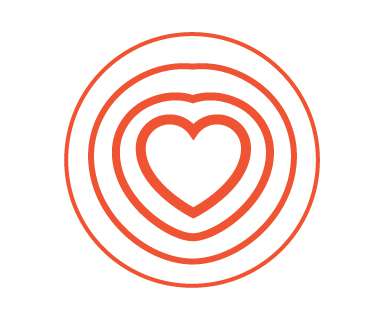
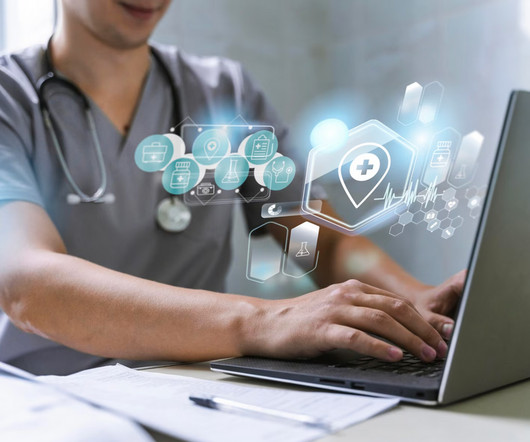

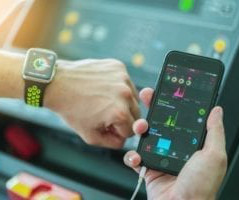


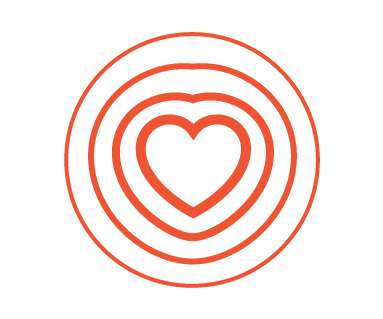
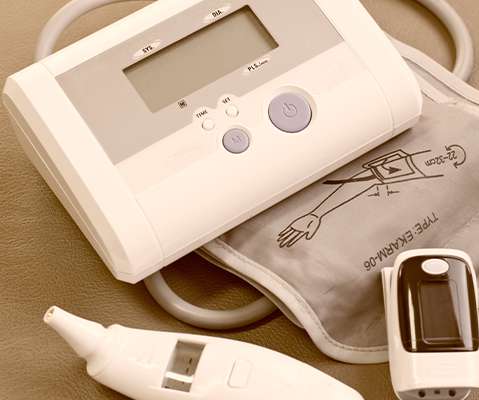







Let's personalize your content